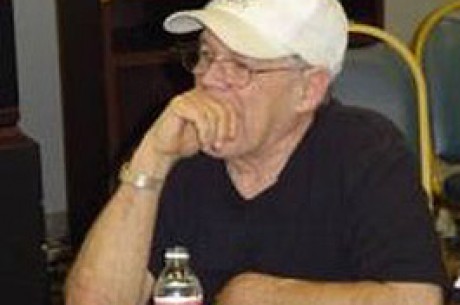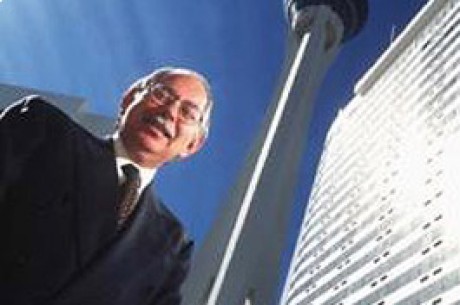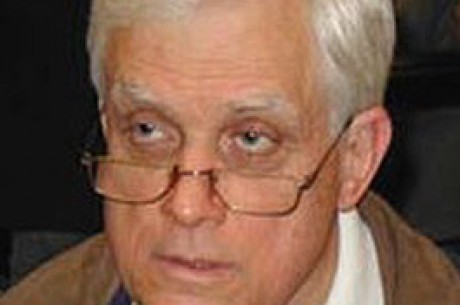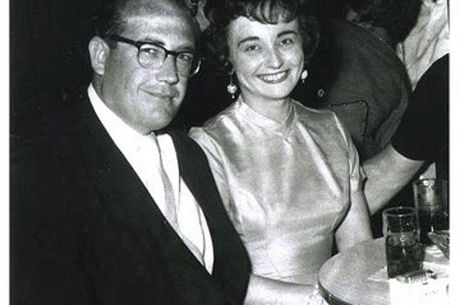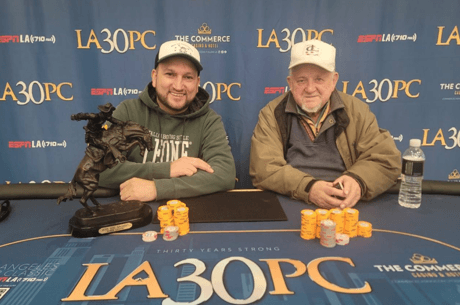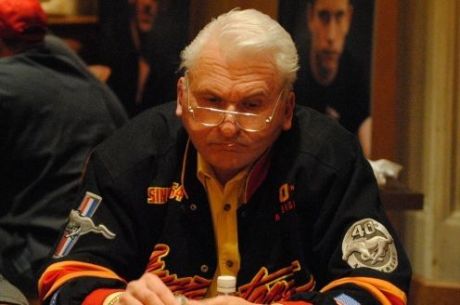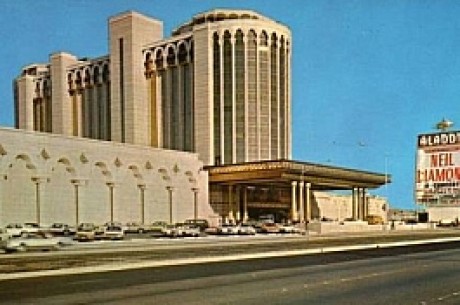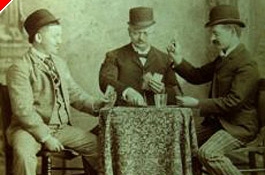Legends of Poker: Mike Caro
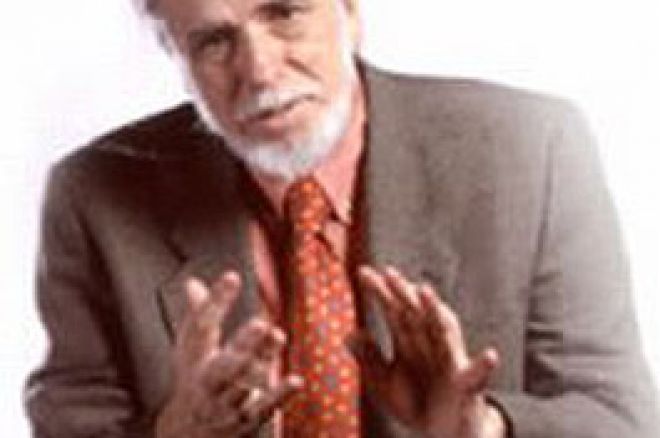
Pity poor Mike Caro. The poker world went and got itself in a great big hurry to learn new games, and left Mike alone at a draw poker table. He is to poker what horses were to automobiles at the turn of the twentieth century and what Mr. Potato Head was to Super Mario Brothers in the toy industry of the 1980's. However, Mike is also to draw poker what Stu Ungar was to Gin - amazing.
Caro was born on May 16, 1944, but I swear he never existed before he was 26 years old and playing poker for a living in Los Angels. Well, all right, after attending college Mike worked at several jobs, including a brief stint as a sports editor that paid about $100 a week, but poker in the local Gardena, California poker rooms looked like a lot more fun.
After getting his feet wet, Mike knew he would have to play much better than the locals played, unless he wanted to keep his day job. The only way to beat the games was to delve into them like nobody ever had, and he would have to do it on his own.
The poker books available in the early 1970's by authors like Oswald Jacoby (who was a master at gin and bridge, and published his first book on poker in 1940) included only an overview of poker. None of the books included game theory or the math that is such an integral part of the game. In 1974, a mathematics professor, Norman Zadeh, did publish a book on draw poker and lowball that included applied mathematics, but by that time Caro already had broken down the game of draw poker to his own satisfaction.
Well, that's not entirely true. Mike is never satisfied that he has applied all the possible math and psychology to a project, but he had turned into a winning player. Doyle Brunson remembered Caro as a strange character; "He has so many strange mannerisms while playing and is so unpredictable that the only thing you know for sure about his game is that you don't know anything for sure about his game."
In fact, Brunson was so impressed with Mike's poker prowess, that in1976 he asked him to write the Draw Poker section of Doyle's proposed book, How I made over $1,000,000 Playing Poker which was published in 1978 and became Super/System. In the book, Doyle called Mike "the finest five-card Draw poker player alive." Caro not only provided the chapter on draw, but also all of the statistical references for each form of poker in the book that he had laboriously worked out on his computer.
Before that time, players had only a rudimentary understanding of the actual odds against making longshot hands, and only professionals broke-down hands to the odds of hitting their hands weighted against the odds the pot was offering. Mike also offered a listing of some "sad stories" about poker (that have evolved into today's "bad beat" stories) such as "I only made one Flush in 65 tries" which Mike calculated out as actually 229,940 to 1 against.
Like a Japanese Samurai, Caro searched for perfection in his world, and after he had conquered draw poker he set about learning all forms of poker and spent several years working with poker programs on his computer. He also continued writing, and collaborated with 1978 World Champion, Bobby Baldwin, on his autobiography, Bobby Baldwin's Winning Poker Secrets. Since that time Caro has written a dozen books on poker, and his "Caro's Book of Poker Tells" was a favorite of buyers in the 1980's.
Caro gained further notoriety in 1984 for his computer programming when his own artificially intelligent poker-playing computer, ORAC (Caro backwards), made it to national TV where it played Bob Stupak in a $500,000 challenge match. Bob put up his own money, and Caro's friend, casino owner Jackie Gaughn, backed the computer. ABC's "Ripley's Believe It or Not" filmed the match, which Stupak eventually won.
Caro wrote and edited magazines such as Gambling Times and Casino Player and still writes for Card Player magazine. He also teamed-up with the Bicycle Club Casino in Los Angeles and began holding poker seminars in the early 1980's. This eventually expanded to lectures in Las Vegas, Lake Tahoe, and even Canada and Amsterdam.
In the mid 1980's, Mike began marketing a "crash course" in hold'em and seven-card-stud which offered a mixed, overall strategy that kept the user's play from being easily categorized by opponents. His advice to open-limp with ace-ace when one spot away from the blinds in hold'em has been criticized, but his philosophy is sound. "With more people shooting at my pair of aces, I'll lose more often, but I don't care, because they're getting the worst of it - and I like that, because I'll win larger pots."
Invoking images of the Samurai teacher, Caro says: "I want you to play as perfectly as you can, every hand, every decision. You need to think only about making good decisions, hand after hand, session after session. Winning isn't your job, making good decisions is your job. Your lifetime profit will be the sum of your good decisions minus the sum of your bad decisions, and the truth doesn't change whether those decisions are made while you are in the middle of a winning session or a losing one."
In the late 1990's, Caro got involved with one of the first successful online poker rooms, Planet Poker, and currently works with Doyle's Room online. He also continues to write, lecture, and market his expanding line of books and video's while spending time at his Southern California home with his wife Phyllis.
Ed note: The 'Mad Genius' gives his poker advice at Doyle's Room

